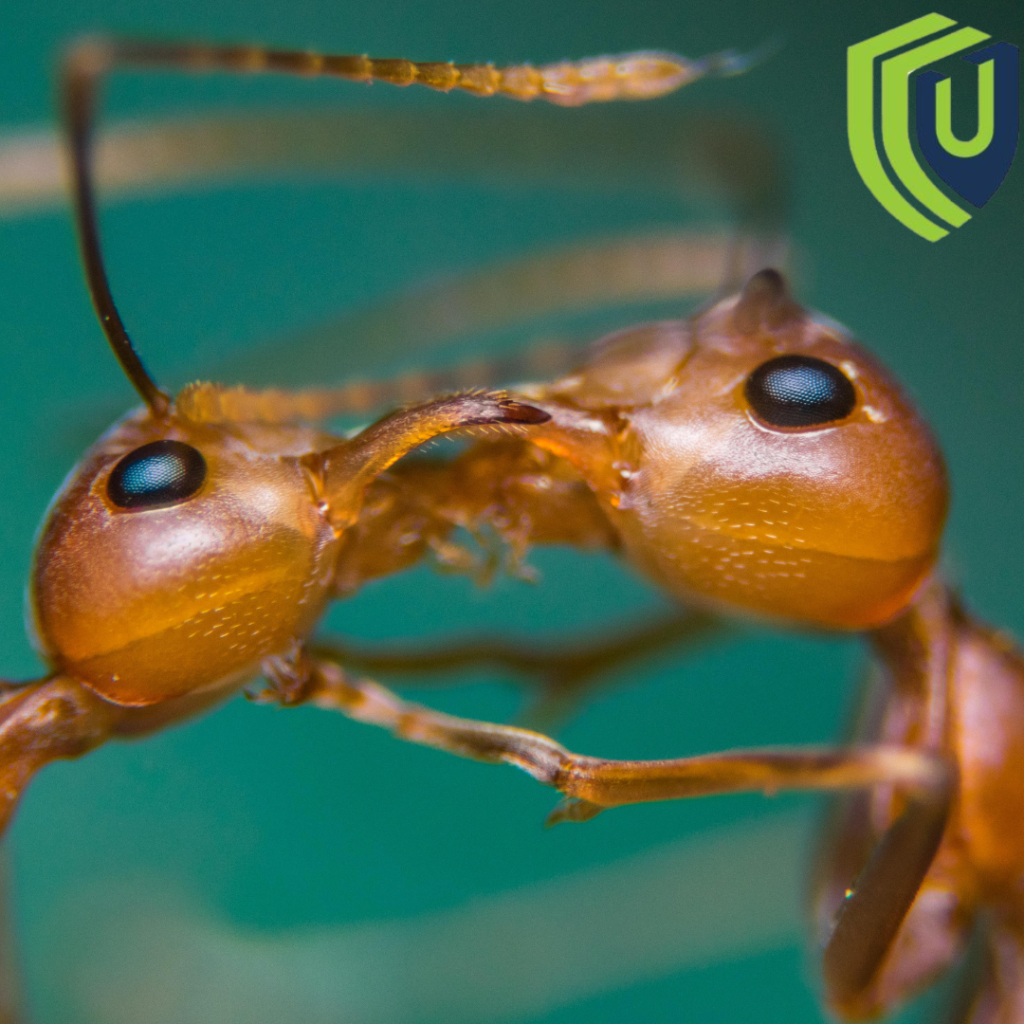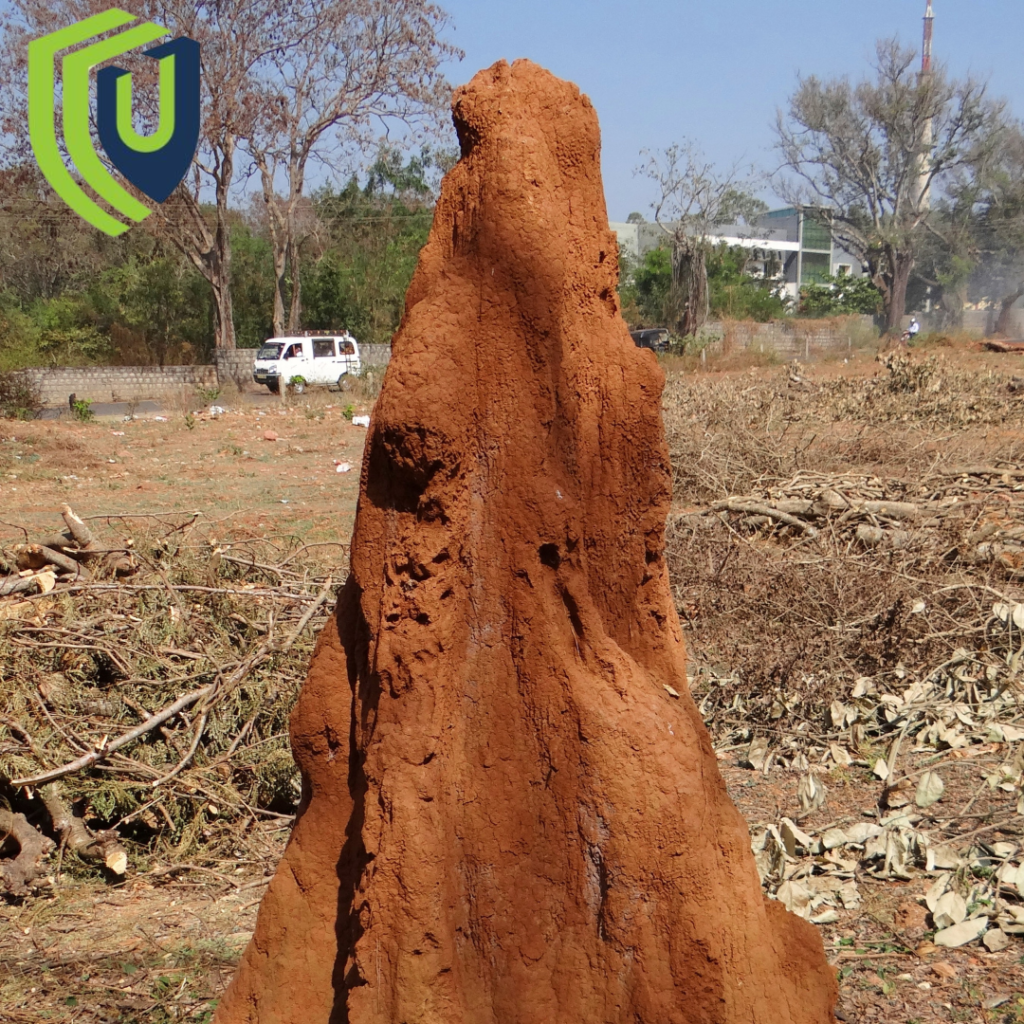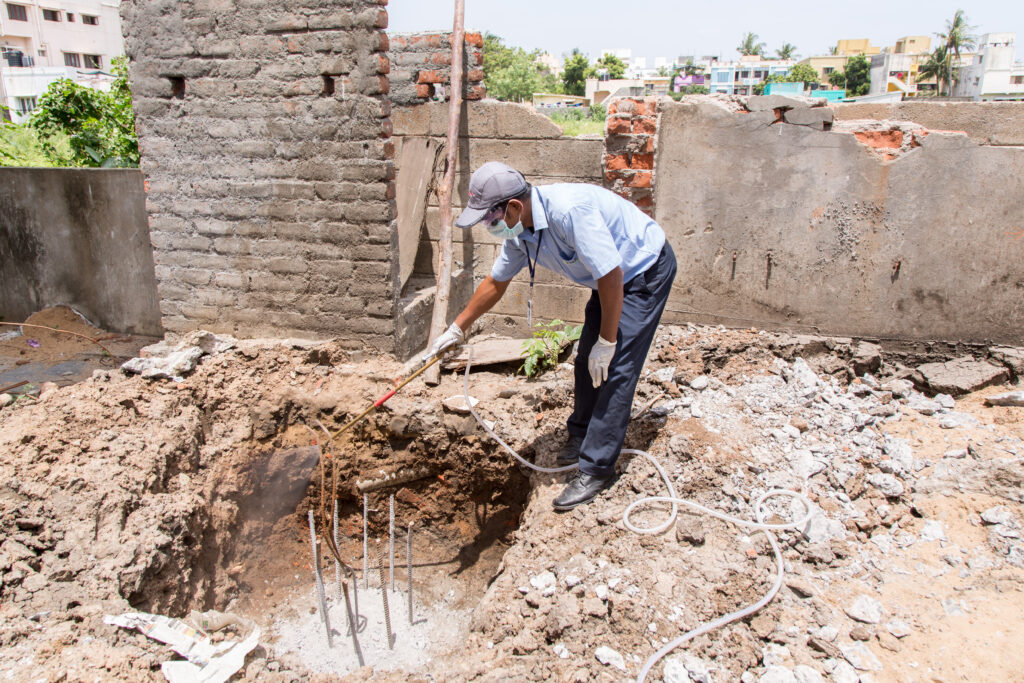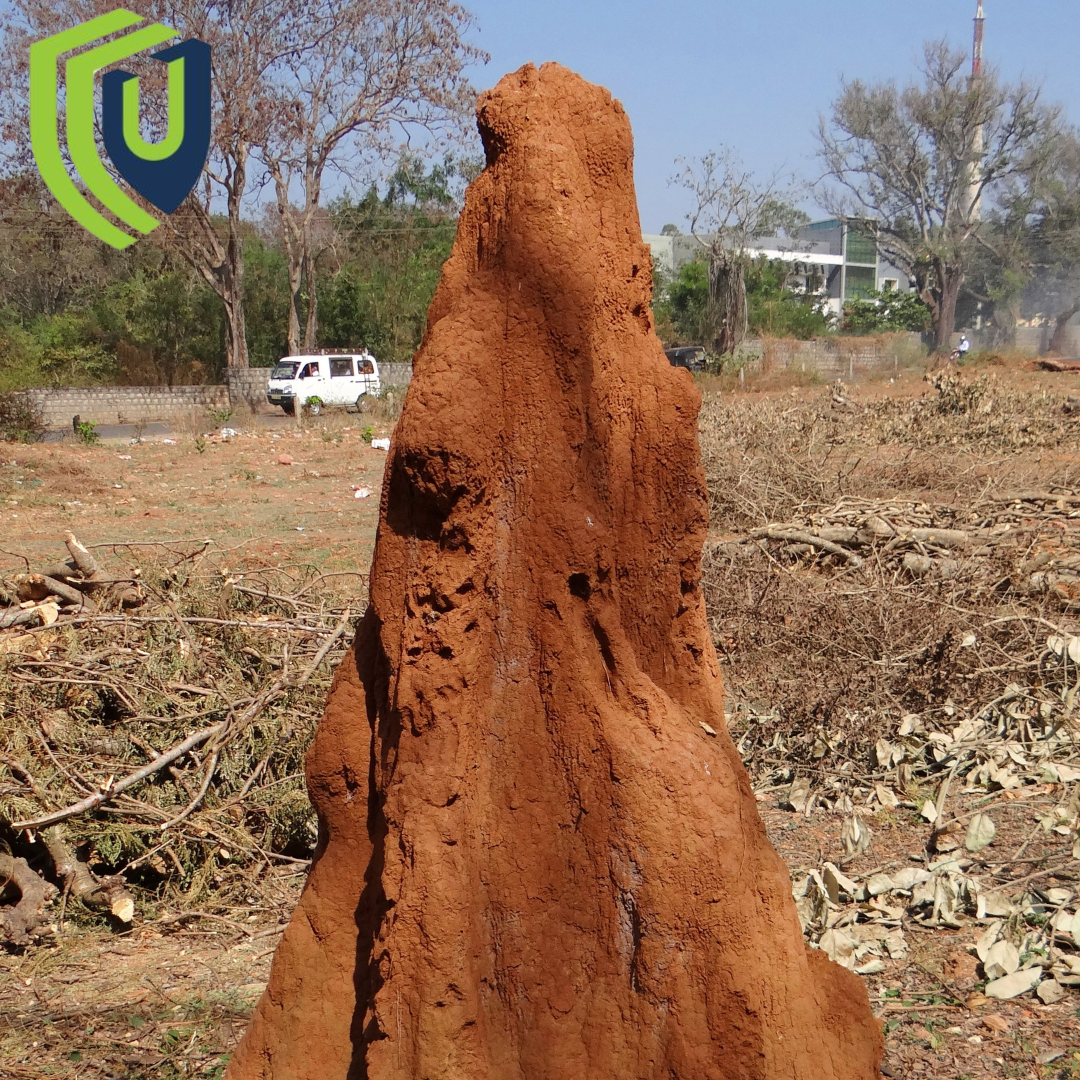Have you ever wondered about the bustling metropolises hidden in plain sight, thriving right under our noses, or even within the very structures we inhabit? These aren’t cities of humans, but rather the intricate and fascinating societies of termites, centered around their remarkable nests. More than just a pile of dirt, a termite nest is a testament to natural engineering, a complex ecosystem built with mud, saliva, and a whole lot of ingenuity. Let’s delve into the hidden world of termite nests and uncover the secrets they hold.
Building Materials of a Termite Nest
Forget bricks and mortar; termites were masters of upcycling long before it was trendy. Their construction materials are a unique blend of readily available resources transformed into a surprisingly durable substance.
- Mud: The foundation of many nests, providing structure and insulation.
- Saliva: Acting as a binding agent, holding the materials together and creating a strong, cohesive matrix.
- Digested Wood: A crucial component, providing both structural support and a source of nutrients for the colony.
- Feces: Yes, you read that right! Recycled and repurposed, adding to the nest’s unique composition.
This unusual cocktail hardens over time, creating a formidable fortress that can withstand the elements and protect the colony from predators. Often hidden behind walls, beneath floors, or within furniture, these nests remain unseen until their presence becomes undeniable.

Intricate Architecture of a Termite Nest
Inside the seemingly random structure lies a meticulously planned and organized city. The architecture of a termite nest is a marvel of natural engineering, designed for efficiency, survival, and the smooth operation of the colony.
- Tunnels: A vast network of interconnected pathways allows workers to navigate the colony efficiently, transporting food, caring for the young, and expanding the nest. These tunnels provide safe passage, shielding termites from predators and the harsh external environment.
- Chambers: Specialized rooms cater to the specific needs of the colony. The queen’s chamber provides a safe and nurturing environment for her to lay eggs. Nurseries house the developing larvae, and separate sections are dedicated to food storage and waste disposal.
- Moisture Zones: Termites thrive in humid environments, and the nest incorporates ingenious systems to regulate moisture levels. These zones ensure the colony remains hydrated, even in dry conditions, vital for their survival.

Key to Termite Success
The intricate design of a termite nest is only part of the story. The success of a termite colony lies in its highly organized social structure and the specialized roles each member plays.
- Workers: The backbone of the colony, responsible for foraging, building, and caring for the young.
- Soldiers: The defenders of the nest, equipped with powerful jaws or chemical defenses to ward off predators.
- The Queen: The matriarch of the colony, responsible for laying all the eggs and ensuring the continuation of the species.
Through cooperation and specialization, termites create a highly efficient and resilient society capable of thriving in diverse environments.
A World of Wonder, A Call to Awareness
The termite nest is more than just a home; it’s a testament to the power of cooperation, adaptation, and natural engineering. By understanding the intricate details of these hidden cities, we can gain a greater appreciation for the natural world and the complex societies that thrive all around us. While fascinating, the presence of termite nests in our homes is a serious issue. Recognizing the signs of infestation and taking appropriate measures to protect our properties is crucial. So, the next time you see a seemingly insignificant pile of dirt, remember the hidden cities beneath our feet and the remarkable creatures that call them home.

How to Get Rid of Termites
If you suspect that you have a termite problem, it’s crucial to contact a professional exterminator as soon as possible. These insects can cause significant damage to your home if not addressed promptly. The sooner you eliminate the termites, the less damage they will cause.
Professional exterminators possess the experience and knowledge needed to quickly and effectively eradicate termites. They can also provide guidance on how to prevent termites from returning in the future. If you are dealing with a termite issue, don’t hesitate to call a professional today.


